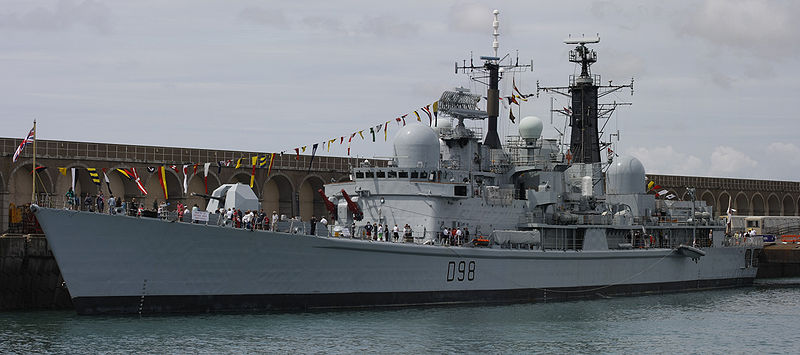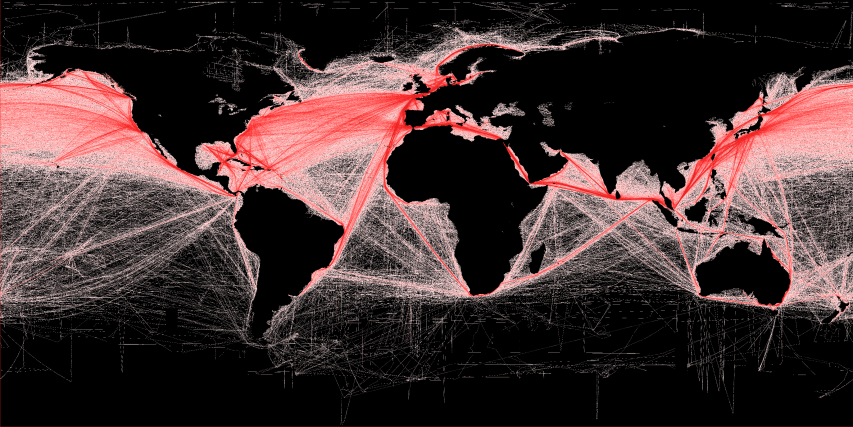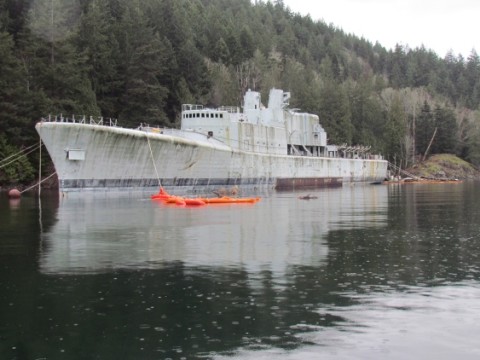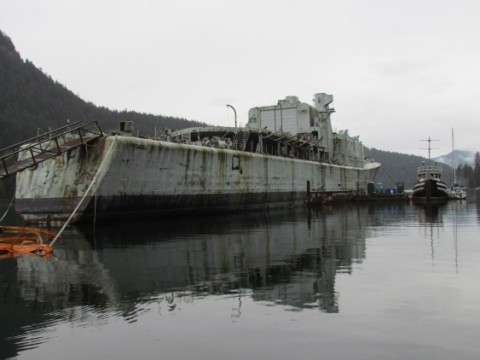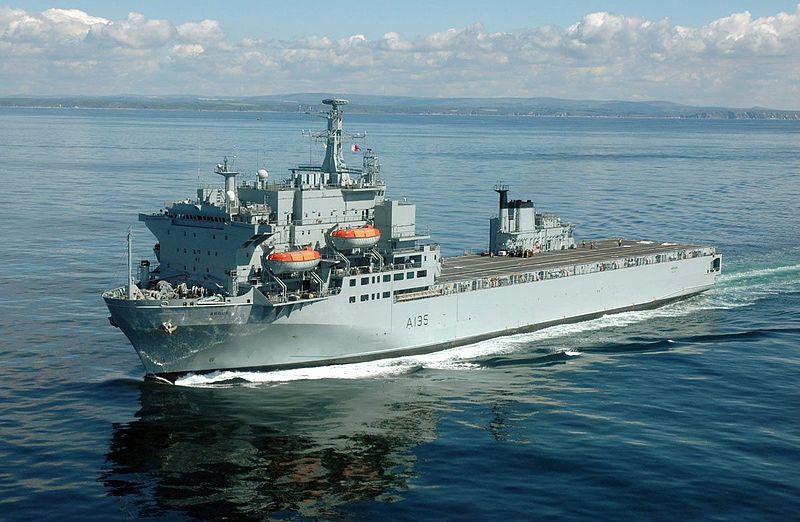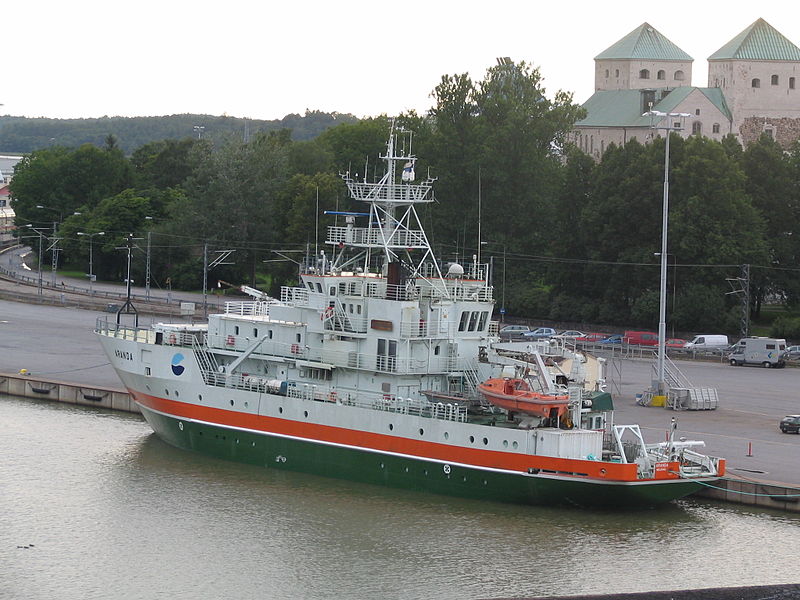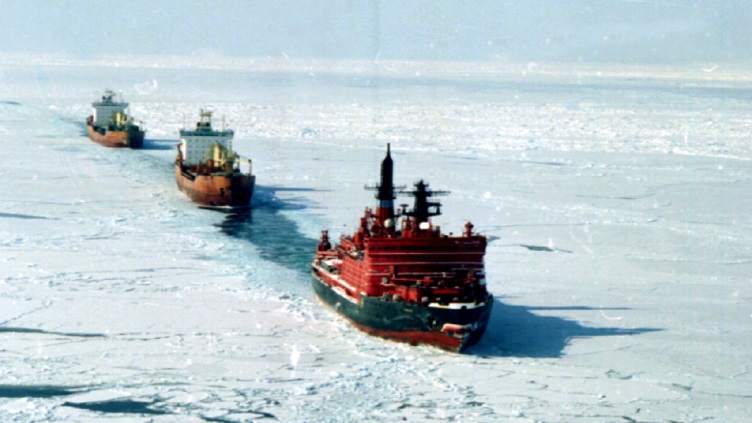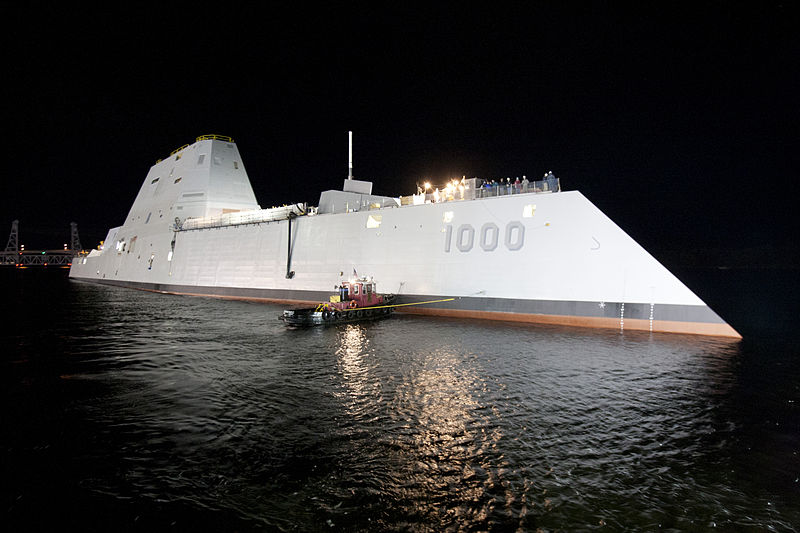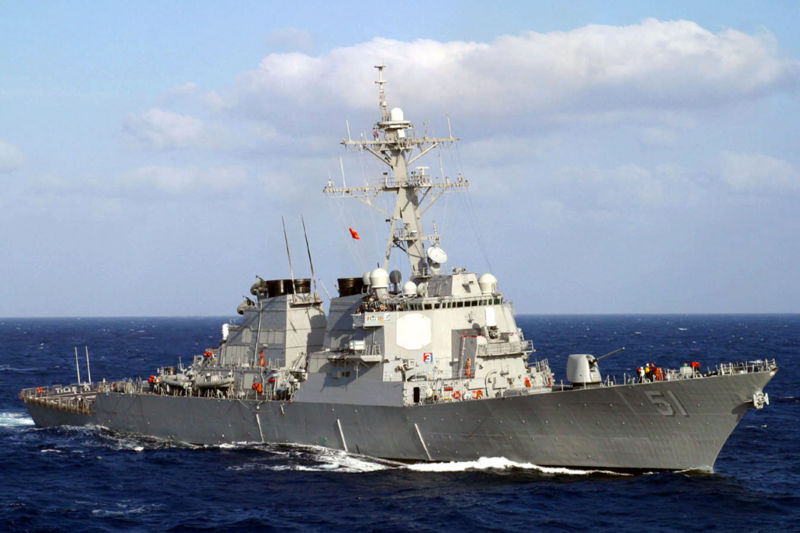Published on 26 Feb 2015
Created in 1965, 1400 Zulu is a classic British propaganda and recruiting film that profiles the Royal Navy’s operations around the world: from the Caribbean to Aden to the Suez Canal and beyond. It’s a job that involves hundreds of ships and tens of thousands of men both above, on and below the water of all the world’s oceans. The film shows some of the newest weapons in the RN’s arsenal including nuclear submarines, missile systems and the Guided Missile Destroyer HMS Hampshire, Harrier Jump Jets and carrier-based Buccaneers, and helicopters. The Royal Marines including frogmen are shown performing maneuvers, and various military exercises are shown and activities demonstrated.
HMS Hampshire was a County-class destroyer of the Royal Navy. Laid down, in March 1959 a couple of weeks behind the class leader Devonshire, she was classified as a guided missile destroyer, as the Sea Lords regarded the concept of the cruiser and big gun ship as discredited by the perceived failure of the Tiger class and the obsolescence of the heavy gun. The description of guided missile destroyer seemed more likely to win approval from the Treasury and Government for an adequate number of warships the size of small cruisers which could play many traditional cruiser flagship and command functions but had armour around neither its gun or missile magazine.
The Blackburn Buccaneer originated in the early 1950s as a design for a carrier-borne attack aircraft able to carry a nuclear bomb below radar coverage. It was a British low-level subsonic strike aircraft that served with the Royal Navy (RN) and later the Royal Air Force (RAF), retiring from service in 1994. Designed and initially produced by Blackburn Aircraft at Brough, it was later known as the Hawker Siddeley Buccaneer when Blackburn became a part of the Hawker Siddeley group.
The Royal Navy originally procured the Buccaneer as a naval strike aircraft capable of operating from their aircraft carriers, introducing the type to service in 1962 to counterbalance advances made in the Soviet Navy. The Buccaneer was capable of delivering nuclear weapons as well as conventional munitions for anti-shipping warfare, and was typically active in the North Sea area during its service. Early on the initial production aircraft suffered a series of accidents due to insufficient engine power, thus the Buccaneer S.2, equipped with more powerful Rolls-Royce Spey engines, was soon introduced.
Although they originally rejected it in favour of the supersonic BAC TSR-2, the RAF later procured the Buccaneer as a substitute following the cancellation of both the TSR-2 and its planned replacement, the F-111K. When the RN retired the last of its large aircraft carriers, its Buccaneers were transferred to the RAF. The South African Air Force also procured the type. Buccaneers saw combat action in the Gulf War and the South African Border War. In RN service, the Buccaneer was replaced with the V/STOL British Aerospace Sea Harrier. In RAF service, they were replaced by the Panavia Tornado.
H/T to @NavyLookout for the link.

